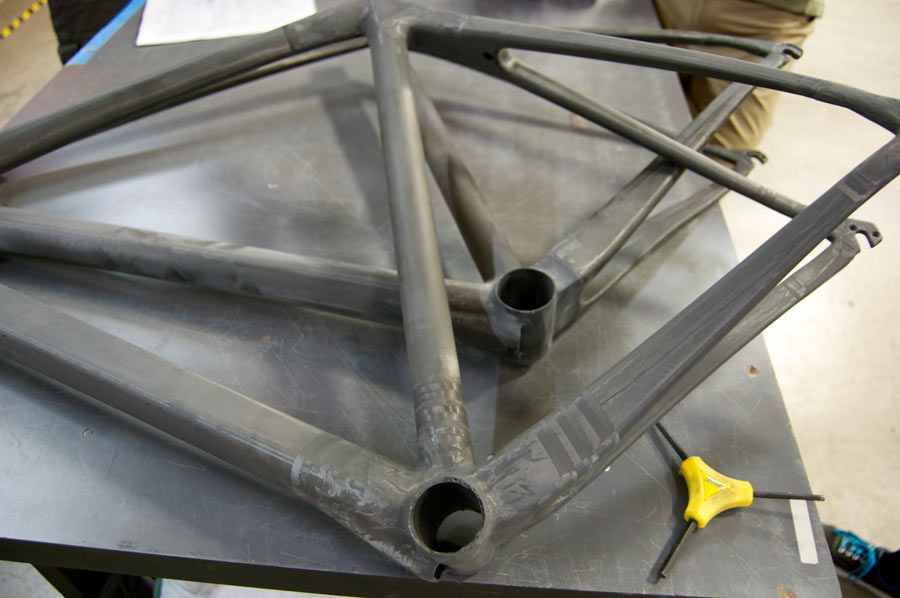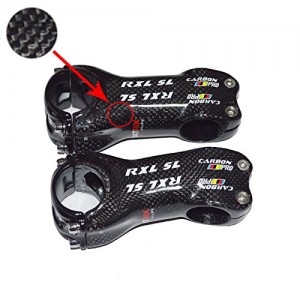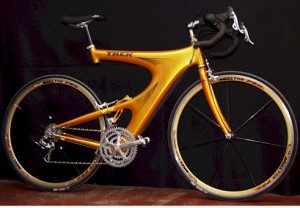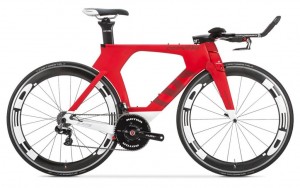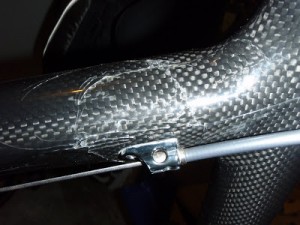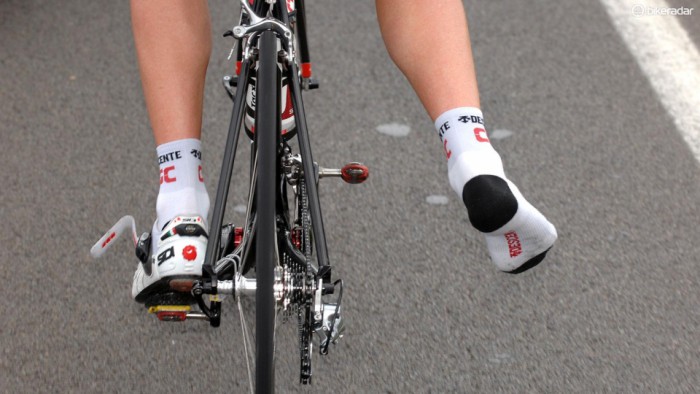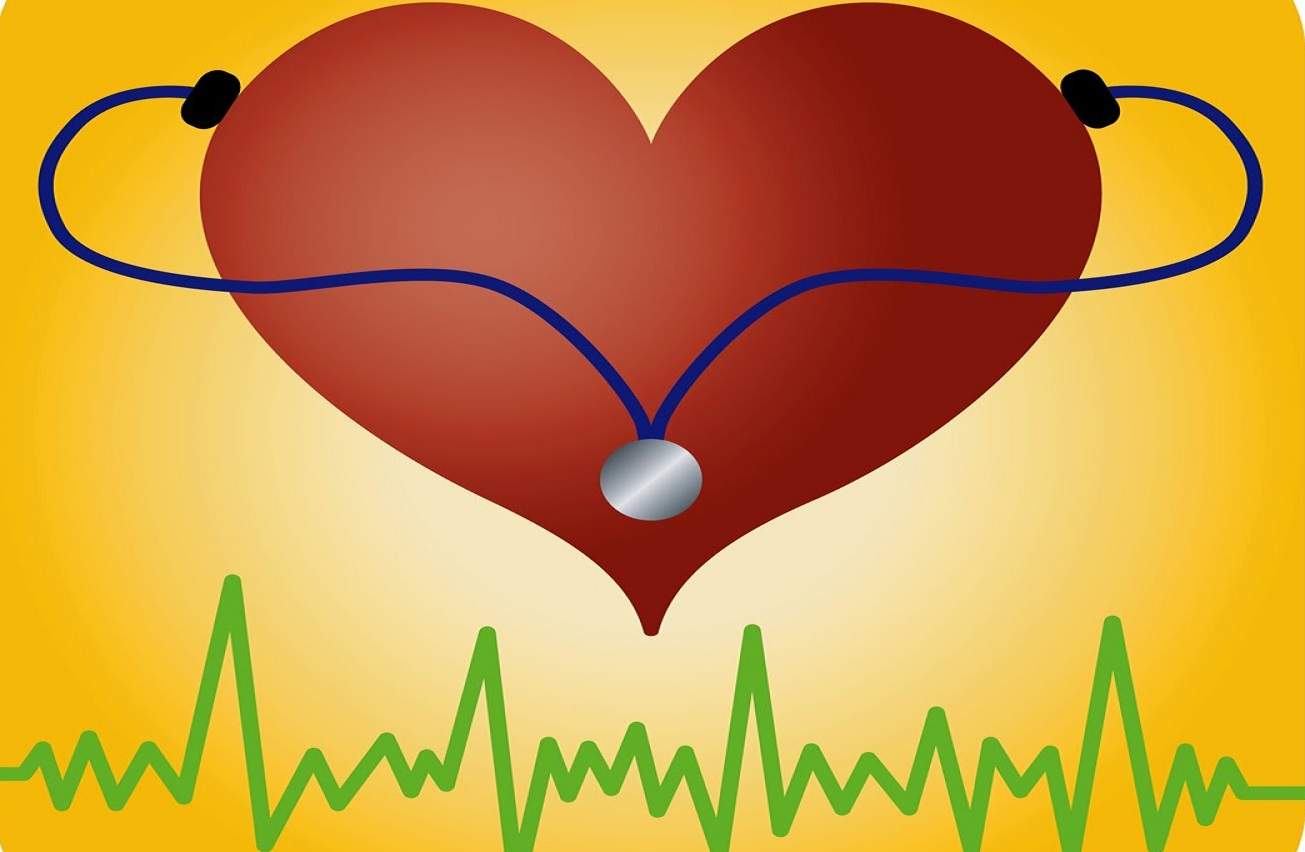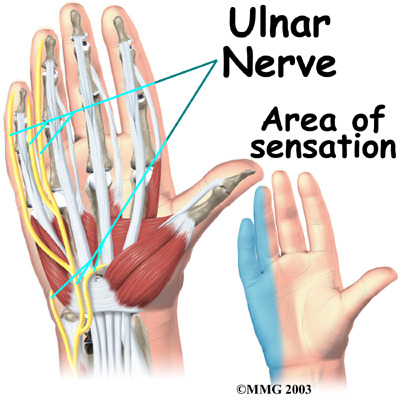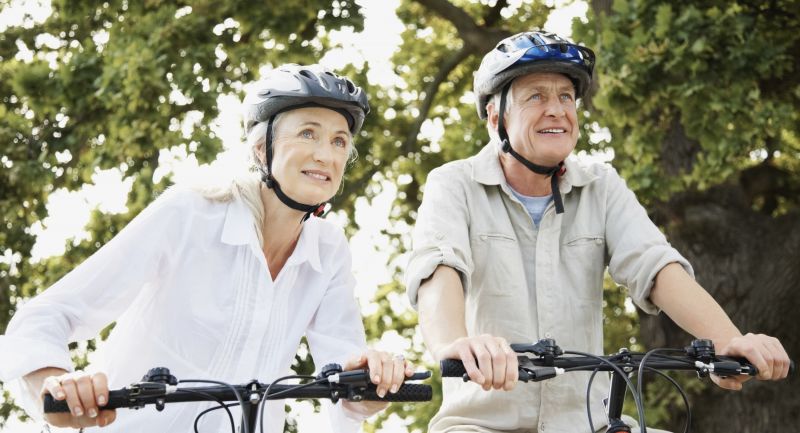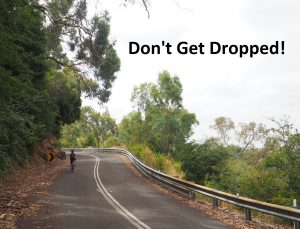
It never feels good to get dropped. The 1, 2, or 3-minute high intensity efforts always feel the hardest as you’re stomping up a climb, or trying to follow the wheel of an attack. But the issue might be more with the 10, 20, or 30-minutes before you got dropped if you were riding too far above your Aerobic threshold. The counter-intuitive answer to being able to ride harder, can sometimes be to ride easier.
Balancing Energy Systems
We’re not talking Functional Threshold Power (FTP) here, but a similar threshold at lower intensity that is arguably just as important. Training terms can be confusingly similar.
Your Aerobic Threshold is the highest point at which you’re primarily using your aerobic energy system. It uses Oxygen to generate power without accumulating any lactate byproduct that results in rapid fatigue. Most riding depends on Aerobic Metabolism for low intensity, long duration power. You should feel like you can sustain the workload for a few hours.
Higher intensity efforts such as short punchey climbs, sprints, and attacks require ANaerobic metabolism: high intensity, short duration power above your aerobic threshold. ANaerobic metabolism fatigues quickly and needs to recover before repeated efforts. You can think of your anaerobic energy system as a battery that only has a few minutes of explosive energy contained within it. The battery drains as you ride above your aerobic threshold, and replenishes as you ride below your aerobic threshold.
The threshold between these two metabolic energy systems doesn’t act like a light switch, either on or off. Instead both energy systems work in coordination to meet the required power output at any given moment. So although you’ll always be using some amount of anaerobic energy, if you can ride under your aerobic threshold, you’ll be able to save your anaerobic energy reserves for high intensity efforts when they are required.
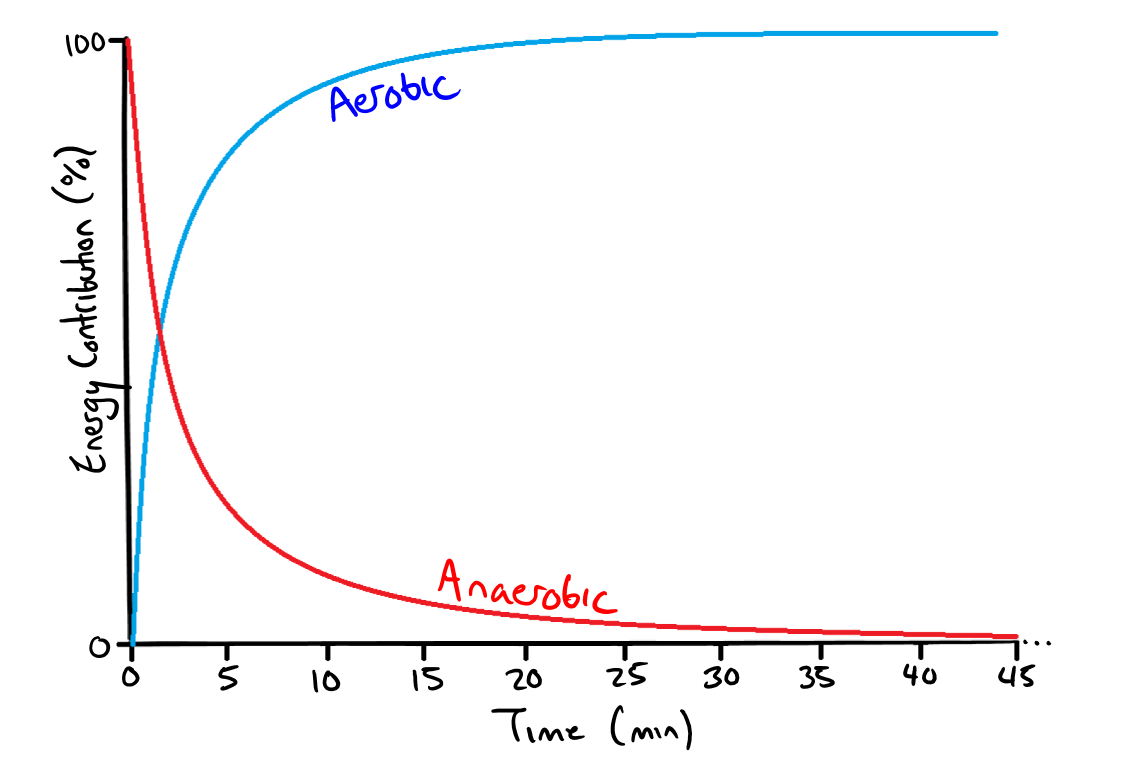
If the pace of the group is above your aerobic threshold, you’ll need to recruit more and more anaerobic energy just to keep up. You might be able to keep in touch with the group for a while, until someone attacks or you hit a climb. Then you’ll try to reach deeper into your anaerobic reserves, which will have been slowly depleting over time. You’ll feel like you’re dead in the water as you search for power that your legs just don’t have!
The true limiter to performance during a race is often your aerobic endurance
The limitation isn’t your high intensity power; it’s actually how well you are able to conserve energy and recover between the high intensity efforts. So it’s the attacks, short punchey climbs, and other high intensity efforts where you feel the lack of fitness, but the true limiter to performance during a race is more often your aerobic endurance.
Aerobic Threshold Training
- Find your Aerobic Threshold – the maximum pace which you can sustain using primarily your aerobic metabolism. This will be a moderate pace that just begins to feel uncomfortable, but that you can sustain for hours at a time. This should be around 4-6/10 on a scale of perceived exertion, or around 75% of your max heart rate (HRmax).
- An easy way to determine this using heart rate is to go for a steady ride of at least 30 minutes at moderate intensity. Aim for around 5/10 relative effort, or 75% HRmax (pick up an HRM here). Observe when you just start to breath heavily above resting respiration rate and when your HR plateaus. This will indicate your approximate aerobic threshold.
- This informal test only provides an estimation of your aerobic metabolism. Your target aerobic threshold can change considerably day to day. Don’t be concerned if one day it feels way too high to maintain, but also be sure to enjoy the days where you float on the pedals and can seemingly ride forever well above your threshold! You can test aerobic threshold with greater precision by having individual physiological testing done in a lab setting (which will be discussed in a future article!).
- Knowing your aerobic threshold, you can train to ride for longer periods of time just under this threshold without dipping into anaerobic stores. At least 2 hours is ideal, but improvements can be gained even with rides shorter than an hour. Pros with far too much time to train will regularly ride at this steady intensity for 4-6 hours to further develop their aerobic metabolism.
- Note: if you only have an hour or less to train, that doesn’t mean you have to ride at a higher intensity to make up for less volume. Riding above your aerobic threshold will start to use anaerobic metabolism and actually provide less training benefit to your aerobic system. Unless you have intervals or another workout prescribed for that day, you can still benefit from riding below your aerobic threshold for shorter durations.
- If you are already doing interval training and have extra time, add a sustained period (10-20+ minutes) of this aerobic threshold training before and/or after the interval workout, to further develop your fatigue resistance and stamina at this moderate workload.
Set your Sights on the Long Term
It can feel counter-intuitive to focus more on your lower intensity aerobic endurance if you’re getting dropped by high intensity anaerobic efforts. However cycling is an endurance sport, and performance depends on endurance fitness and aerobic metabolism. Aerobic threshold is just as important as lactate threshold (FTP). Improving your aerobic fitness is a long-term project and can initially feel slow, but when training adaptations begin to accumulate, the payoff is that you’ll have more energy left to win the sign-post sprint, attack the climb, or spend more time at the front working for your teammates!
